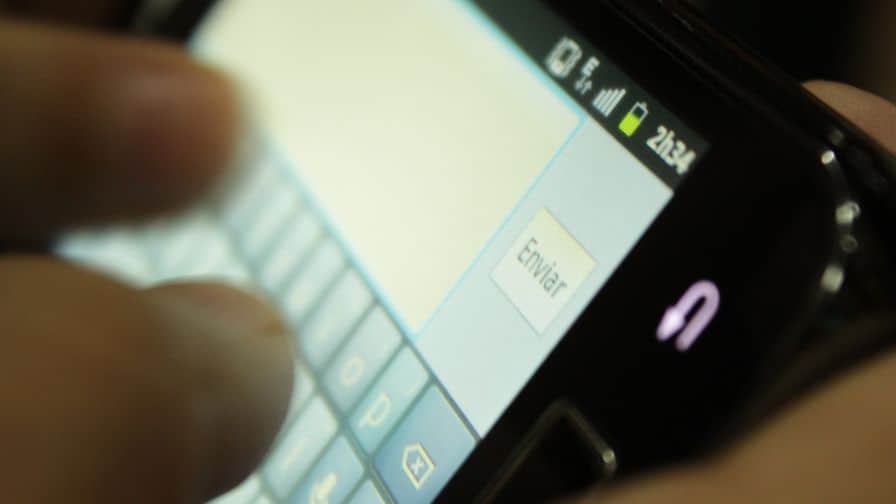Mobile marketing solutions provider Vibes is looking to piggyback on the buzz surrounding personalisation by incorporating custom-made posting into its new push messaging service.
Vibes’ new direct communication tool allows brands to distribute highly relevant messages which take into account the time, location and interests of their recipients.
These are pushed through a variety of channels, including mobile wallet apps such as Apple’s Passbook and Google Wallet as well as the more traditional format of SMS. The new feature is available within the company’s Catapult mobile customer relationship management platform, which enables marketers to drive revenue growth and loyalty via direct messaging.
Getting personal
By applying focus to personalisation, Vibes has dropped hints regarding where it feels the future of direct messaging may lie. The company cites readings from its Mobile Consumer Report to prove as much, stating that 89% of consumers would be willing to sign up to receiving mobile messages if only they applied the personal touch.
Unfortunately just 18% of consumers claim to see personalisation from the brands they connect with, and Vibes is looking to address the issue from its own angle.
The company is incorporating personalisation within its messages to hand businesses a more holistic view of their customers. According to Vibes CEO Jack Philbin, this is due to the fact that access to direct communications comes with certain requirements from the business end.
“Messaging is the new direct marketing channel for mobile – enjoying an open rate five times that of email. However, with the ability to reach consumers on their most personal device comes a responsibility to be relevant and engaging.
“Pushing out mass blasts will not only alienate consumers, but it will also damage brands.”
Promoting the push
Vibes has suggested using its time-sensitive and location-triggered messages to combat potential issues like showrooming, where retailers risk losing custom as a result of consumers comparing and buying products online.
First, the company will have to encourage more users to turn their push notifications on. Previous research indicates that 31% of consumers have never enabled these messages on their device, with 30% stating that they did not wish to be contacted in this way.

